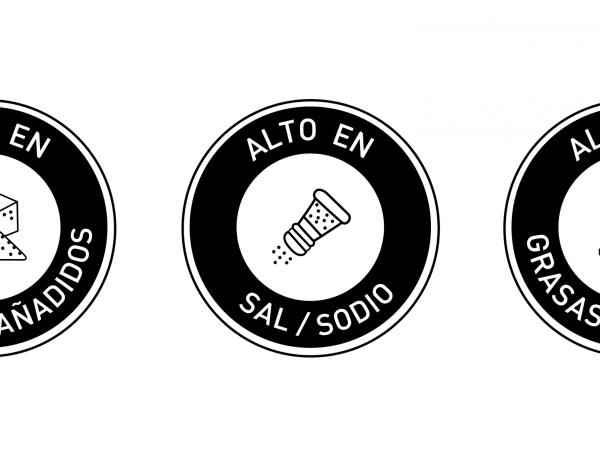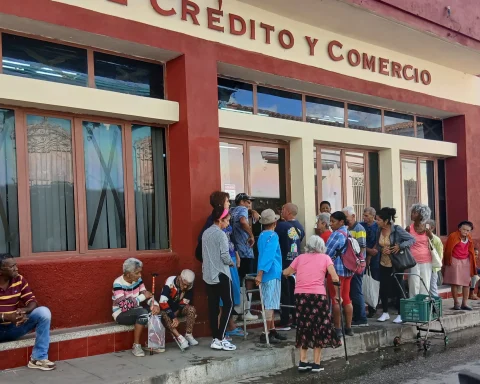The Ministry of Health and Social Protection has everything ready to specify the labeling that will be applied to all packaged or packaged foods for human consumption, national and imported, that are marketed in the national territory.
(Learn how to read food labels under the new rule.)
The Duke government The document that defines the guidelines for the use of this label is expected to be signed before August 7.
The document has provided that when a processed and/or ultra-processed food product has been added salt/sodium, sugars, fats, sweeteners, You must label the nutritional characteristics related to the added nutrient.
According to the document, it is not possible to use another front labeling format, or type of warning seal, or change the text, font, diagram or drawing, on any product, regardless of whether or not it has front labeling of caveat.
The referred symbol or symbols will be located in the upper right third of the front face (or main display face) of the product label. The dimensions of the referred symbol(s) will be determined according to the area of the main display face of the label.
(This is how Colombia will define the labeling of processed foods).
product has 1 or more front warning seals, it may not make nutritional property claims.
According to the norm, the foods that will be exempt from the application of nutritional labeling are the following:
– Infant formula for children between 0 and 6 months.
– Infant formula for children between 6 and 12 months.
– Special infant formula.
– Foods for Special Medical Purposes (APMES).
– Fruits, vegetables, grains, eggs, fish products, meats and meat products
foodstuffs in their natural state.
– Single-ingredient products that do not contain additional additives.
– Food with packaging made of materials of natural origin.
– Herbal and fruit infusions, tea, decaffeinated tea, instant or soluble tea, or tea extract; or decaffeinated tea extract and decaffeinated coffee, instant or soluble coffee, or coffee extract; or decaffeinated coffee extract, containing no added ingredients.
– Bulk foods.
– Food used as raw material for industry and ingredients
side products that are not sold directly to the consumer.
– Spices or vegetable seasonings, to which no salt/sodium has been added or
additives with sodium, fats and/or sugars.
– Unprocessed foods.
– Minimally processed foods.
– Culinary ingredients.
– Typical and/or artisan foods and beverages.
– Foods with a shelf life of less than 48 hours
HEALTH UNIT

















